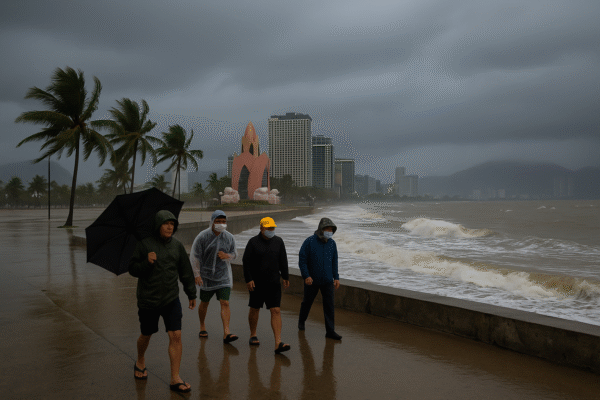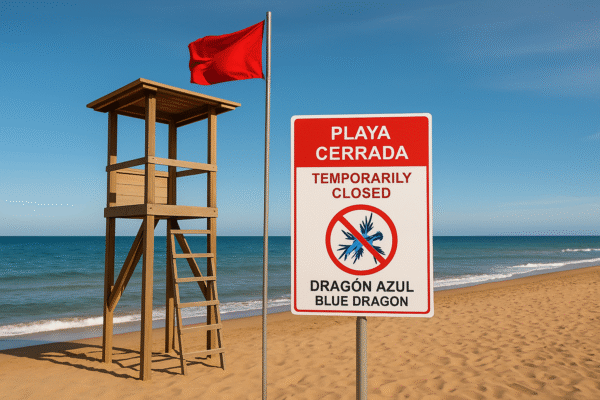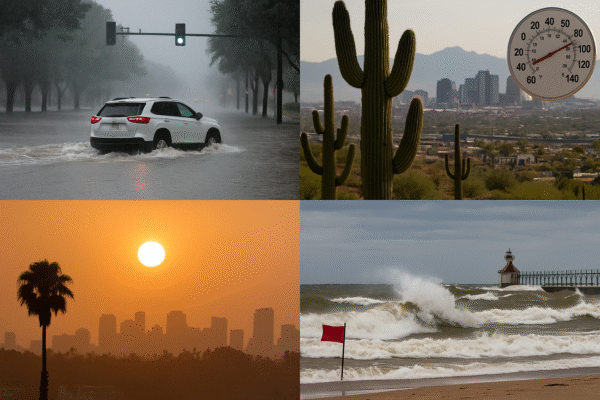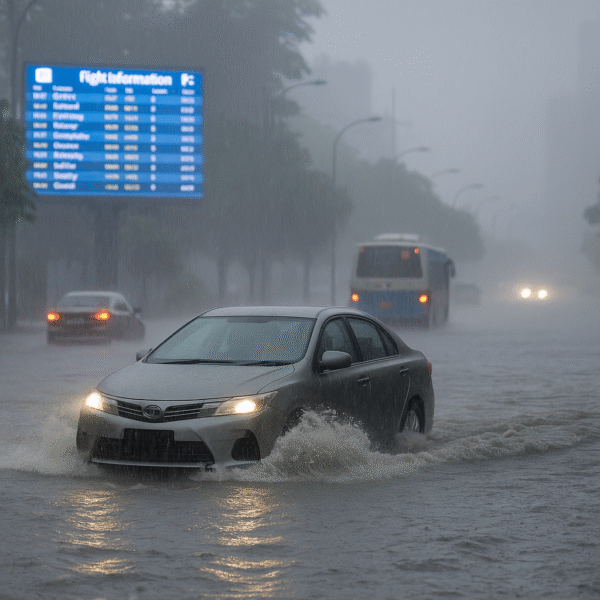Southeast Asia—Vietnam (Hanoi, Da Nang, Hue); Laos (Vientiane); Thailand (Bangkok, northern provinces); China (Hainan, Shanghai)
Article (~800 Words)
Typhoon Kajiki-25 Disrupts Southeast Asian Travel: More Than 50 Flights Canceled, Widespread Evacuations
Southeast Asia, August 25, 2025 — Typhoon Kajiki-25, now packing sustained winds of up to 176 km/h, has moved rapidly from the South China Sea and made landfall on August 25, wreaking havoc across several nations. Its arrival has prompted urgent flight cancellations, mass evacuations, and widespread disruptions to tourism in Vietnam, Laos, Thailand, and southern China.
Scale of the Disruption
In Vietnam, authorities have embarked on one of the nation’s largest peacetime evacuation efforts, relocating over 500,000 – 586,000 people from high-risk zones including Thanh Hoa, Quang Tri, Hue, and Da Nang. The government deployed 16,500 soldiers and 107,000 paramilitaries to aid evacuation and rescue efforts, closing schools, airports, and halting sea traffic as the storm approached.
Air connectivity has been severely disrupted. Vietnam Airlines and Vietjet canceled dozens of flights, with airport operations suspended at Thanh Hoa and Dong Hoi for the duration of the storm.
In China, the typhoon blasted through Hainan Island, particularly impacting Sanya, where authorities evacuated over 20,000 residents and fishing crews, shut down transport systems, and halted tourist activities.
As Kajiki pushed inland through Laos and northern Thailand, heavy rainfall, flooding, and landslide risks surged. Meteorologists in Thailand forecasted heavy rain in Bangkok and northern provinces—including Chiang Mai and Udon Thani—between August 24–27, with subsequent flood and slide threats.
Flight Disruptions: At a Glance
Across the region, the combined effect of storm-related closures led to over 50 flights canceled and more than 2,300 delays across major airlines. Carriers such as China Eastern, Air China, and China Southern halted flights between China and Southeast Asia, affecting routes from Shanghai, Beijing, and Guangzhou, with destinations like Hanoi, Bangkok, Vientiane, and Sanya severely impacted.
Impact on Tourists and Tourism Hotspots
Popular destinations like Halong Bay in Vietnam were engulfed by torrential rains and flash floods, jeopardizing tourist operations. Coastal regions braced for storm surge and flooding, with eastern Vietnam expected to receive 300–400 mm of rain and major landslides following ashore landfall.
In Hainan, infrastructure and tourism took an immediate hit as the storm shuttered businesses and threatened coastal regions. Meanwhile, in northern Thailand, travel through mountainous areas was discouraged due to waterlogged terrain and blocked roads.
Government and Emergency Measures
Governments across the region launched wide-scale safety responses:
- Vietnam activated search-and-rescue teams, evacuation shelters, and airport lockdown procedures.
- In Hainan, tropical storm alerts were downgraded after Kajiki passed the island, but warnings for heavy rain remained in effect.
- Thailand and Laos issued public travel advisories and urged tourists to avoid flood-prone areas and seek alternative travel plans.
Traveler Guidance and Precautionary Tips
With flight schedules in flux and tours suspended, affected tourists should:
- Monitor official travel updates from airlines and government portals.
- Delay or reschedule travel to central Vietnam, northern Thailand, or Hainan until conditions stabilize.
- Practice safety during evacuations: heed instructions, avoid low-lying and riverside areas, and stay in designated shelters.
- Secure travel insurance that covers weather-related cancellations.
- Expect logistical bottlenecks: accommodation and transport availability may be limited post-storm.
Tourism Resilience and Outlook
Although this episode is disruptive, Southeast Asia’s tourism infrastructure is historically resilient. Post-Kajiki, regional recovery efforts are expected to prioritize restoring access to tourist hotspots like Ha Long Bay, Hainan’s beaches, and Thailand’s northern trails.
As climate change intensifies cyclone formation near land, travel preparedness and real-time monitoring become ever more crucial for safe tourism in the region.
For more travel news like this, keep reading Global Travel Wire















